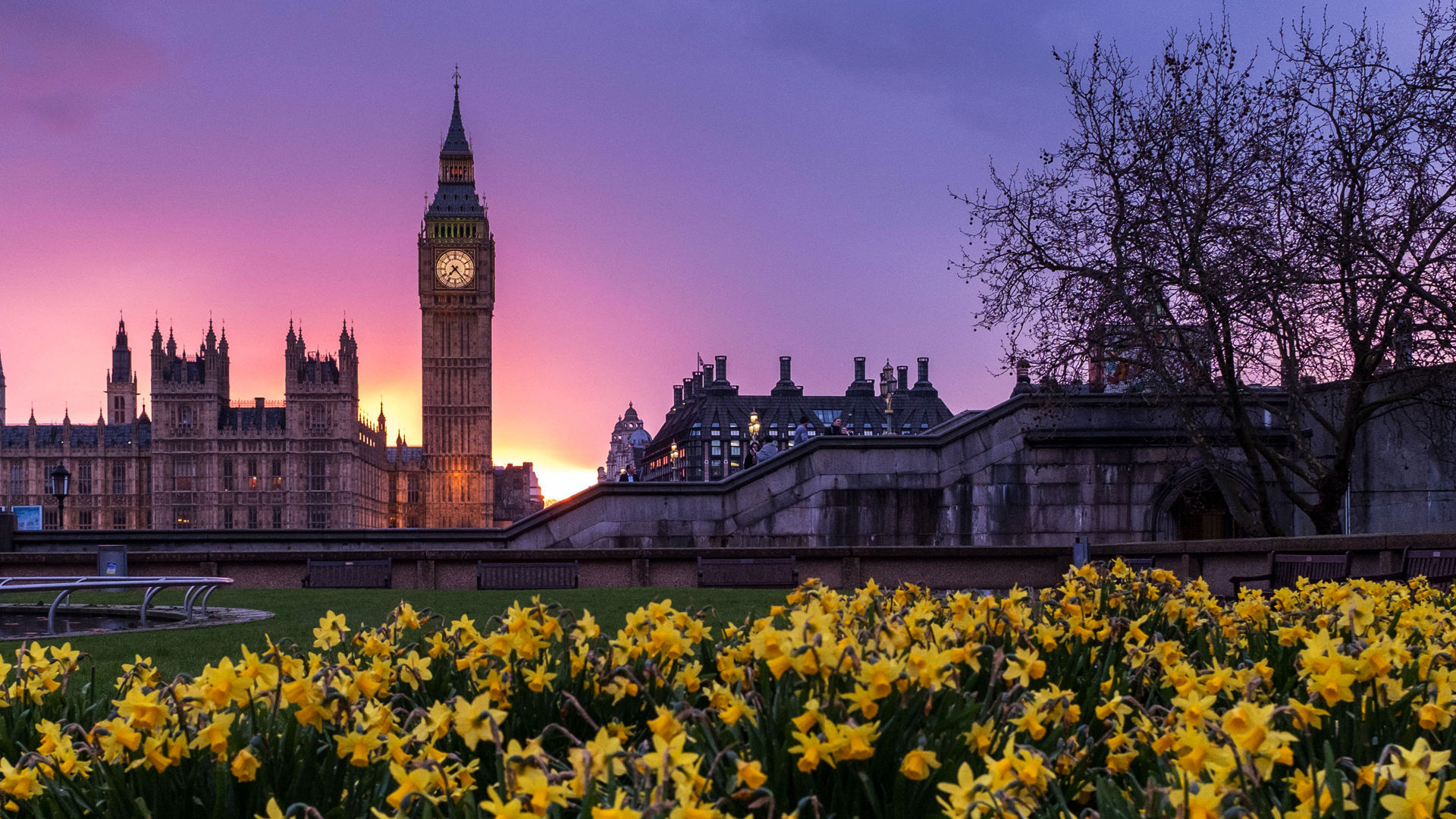As the climate is thrown into flux, London could be an adaptive utopia. Or, it could be a site of catastrophe.
In 2050, London winters will be wetter, summers will be drier, and everything will be hotter.
The city’s population is set to grow to 11 million. There will be enormous pressure to adapt infrastructure, health, and housing systems to a larger city with new needs.
As cities tend to hold and create more heat than their surroundings, dangerous summer overheating in London buildings will be normal by 2050, similar to last year’s.
Aside from people’s health, this also threatens transport networks and computer systems. Increasing summer droughts will likely also strain water supplies.
On the other hand, during the winter, storm events are set to increase and flooding may dirty water supplies.
An increase in storms will also negatively impact health, property, and important infrastructure, especially because the UK is not used to severe storms.
On the plus side, green spaces and wildlife can protect the city by lowering temperatures and reducing flood risks. However, they will need to be carefully guarded and modified if they are to survive.
Degrading soil quality, climate-related water and soil PH changes, and temperature shifts threaten the continued health of much of London’s current native flora and fauna, like swifts and butterflies.
Although it will be challenging to establish a new balance, it’s possible that non-native plants and animals can be brought in to replace exiled native species. Some, like the grey heron, might benefit from the coming changes.
In response, London has ambitious climate response plans in place, as well as the benefits of already being extremely prosperous and well-equipped.
The city is set to go zero carbon by 2050, which – while being a vague term – at least translates to some solid commitments (like reducing car traffic).
London’s flood response system for the Thames is one of the best in the world, with plans in place for expansion. Most notably, plans for more than 50% of the city to be green space by 2050 will lower temperatures and protect against flooding.




















